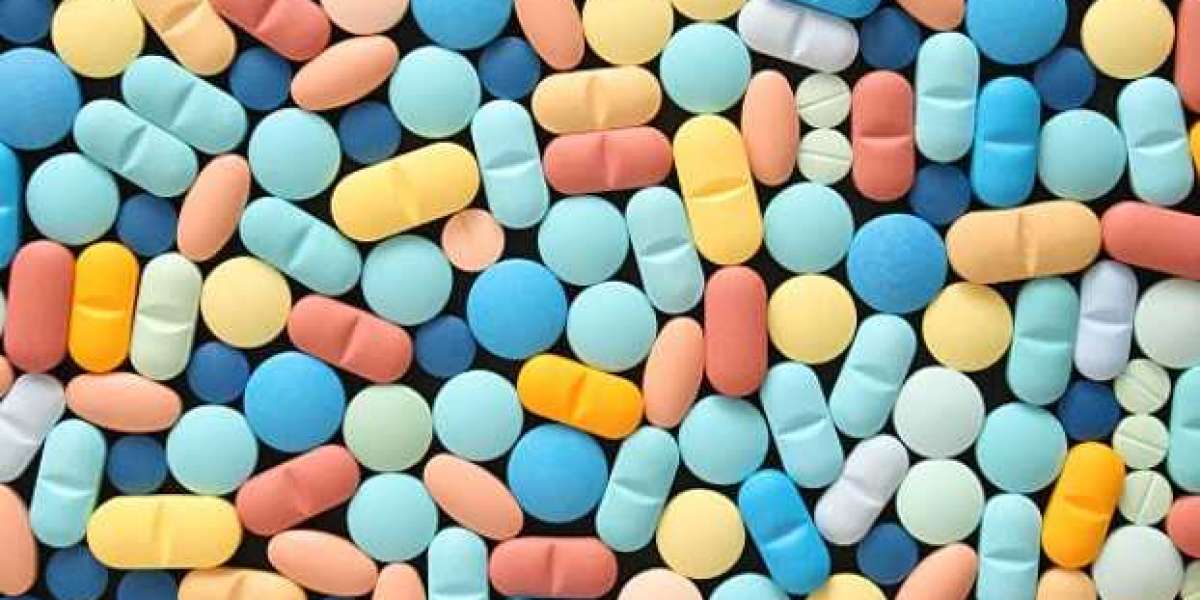Pharmacological evaluation represents a cornerstone of contemporary drug development, ensuring that new therapeutics are both safe and effective for human use. At the heart of this process, innovative companies like Nona Biopharma are pioneering advanced methodologies to thoroughly assess the pharmacodynamics and pharmacokinetics of potential new drugs. Understanding these processes can provide insights into how these evaluations are integral to the successful introduction of new medications.
Pharmacological evaluation involves a series of rigorous tests that measure a drug's interactions with biological systems. The primary aim is to establish a detailed profile of the drug, including its mechanism of action, therapeutic potential, metabolism, side effects, and optimal dosage. This information is crucial for predicting how the drug will behave in human subjects, which is indispensable for clinical trial design and ultimately for the drug's approval by regulatory authorities.
Mechanism of Action and Therapeutic Efficacy
The first step in pharmacological evaluation often involves understanding the drug’s mechanism of action. This refers to how a drug exerts its effects at the molecular or cellular level. Nona Biopharma, for example, uses cutting-edge technology to elucidate these mechanisms, employing techniques such as molecular docking, in vitro assays, and in vivo models. By clearly understanding how a drug works, researchers can better predict its therapeutic benefits and potential side effects.
Pharmacokinetics and Pharmacodynamics
Pharmacokinetics (PK) and pharmacodynamics (PD) are pivotal in the drug development process. PK focuses on the drug’s journey through the body—how it is absorbed, distributed, metabolized, and excreted. PD, on the other hand, examines the biological and physiological effects of the drug on the body, including the onset, duration, and intensity of its therapeutic effect.
Nona Biopharma utilizes advanced analytical methods and modeling techniques to map out both PK and PD profiles. These studies are critical for determining the appropriate dosage regimes and for ensuring that the drug reaches its intended target within the body at concentrations that are both effective and safe.
Safety and Toxicology
Safety assessment is another crucial aspect of pharmacological evaluation, involving detailed toxicological studies. These studies are designed to identify any potential adverse effects the drug might have at various dosage levels. Nona Biopharma adheres to strict regulatory guidelines to perform these evaluations, which include both acute and chronic toxicity tests, genotoxicity tests, and carcinogenicity tests. Such assessments help to ensure that any risks associated with the drug are well understood and communicated before the drug reaches the market.
Clinical Trial Preparation
The data gathered during pharmacological evaluation forms the backbone of clinical trial design. This phase is where Nona Biopharma's drugs are tested in humans, and the information from earlier evaluations is used to optimize trial protocols. This includes selecting the right patient populations, dosage forms, dosing schedules, and safety monitoring procedures. Effective planning can significantly enhance the chances of clinical success.
In conclusion, pharmacological evaluation is not just a regulatory requirement—it's a fundamental practice that underpins the entire drug development process. By thoroughly understanding a drug’s pharmacological properties, companies like Nona Biopharma can maximize the therapeutic potential of new drugs while minimizing risks to patients. This meticulous approach to drug development not only enhances drug efficacy and safety but also accelerates the journey from lab bench to bedside.



